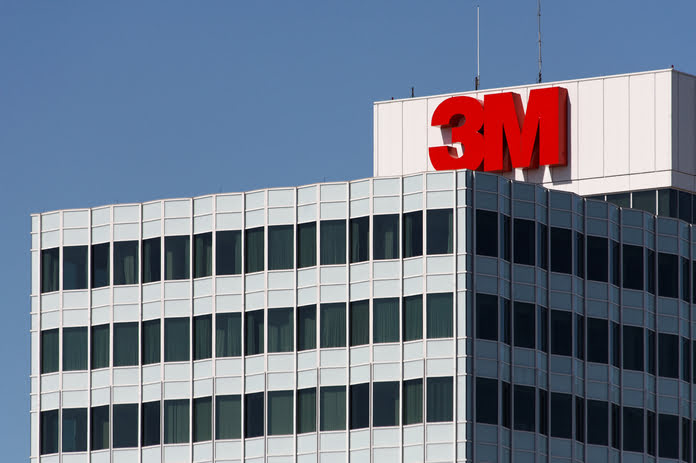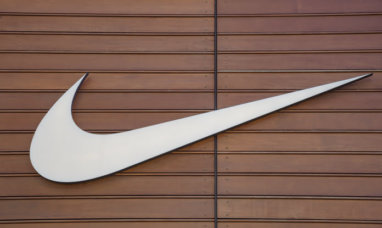CVS Health (NYSE:CVS) remains a fairly priced stock of an effectively managed firm. In this updated primary ticker research report, I ran the firm and its common shares through my market-beating, data-driven investment research checklist of the value proposition, shareholder yields, fundamentals, pricing, and downside risk.
Although there is room for improvement in terms of returns on equity and capital, as well as share price performance compared to its industry, sector, and market, CVS Health’s emerging one-stop neighborhood health care model and attractively priced stock provide a compelling buy-and-hold argument. This is leaning toward a purchase.
Value Proposition: One Stop Health Care Store
CVS is a dividend-paying large-cap stock in the healthcare sector’s services industry. CVS Health Corporation provides health services in the United States through three segments: Health Care Benefits, Pharmacy Services, and Retail/LTC, including its walk-in medical clinics. Recently, the company announced closures of unprofitable stores, the movement of retail merchandise online, and entered the burgeoning home kidney care industry. CVS was founded in 1963 and is headquartered in Woonsocket, Rhode Island, USA.
One-stop health care store for insurance, primary care, and prescriptions. However, CVS has underperformed the total return of its industry, sector, and market. Ultimately, investing in individual common stocks should aim to beat the benchmark indices over time.
Shareholder Yields: Doubling the 10-Year
As part of my research, I average the total shareholder yields on earnings, free cash flow, and dividends to see how a target stock compares to the 10-year Treasury benchmark note yield. In other words, what is the common stock’s equity bond rate?
Aim for an earnings yield of more than 6% or a P/E ratio of less than 17 times. CVS is above the floor at 6.21%, as shown in the figure below.
Disciplined value investors should avoid high dividend yields unless they are computed on a cost basis. CVS, for example, was yielding 3.14% on an adjusted cost basis of $70.13 per share in our family portfolio, which was 97 basis points more than the forward yield.
Fundamentals: Sector-Beating Returns
Let’s look at the fundamentals of CVS Health and discover the company’s top management’s performance strengths.
When examining a company, focus on documented growth rather than biased CEO guidance or sell-side analyst expectations. According to the data below, CVS Health had a three-year revenue growth rate of 11.19%, over double the health care sector’s 5.83 % median growth rate.
CVS Health had a three-year pre-tax net profit margin of 2.67%, which was higher than the sector’s negative median net profit margin of -1.86%. CVS’s low single-digit margin is characteristic of the prevalent retail pharmacy business model. To avoid unwarranted speculation, remember to screen for lucrative companies.
Return on equity, or ROE, displays how much profit a company makes from stockholder investment. To find shareholder-friendly management, aim for an ROE of 15% or above. Despite missing the mark, CVS Health’s trailing three-year returns on equity of 10.89% outperformed the sector’s negative median ROE of -35.87%.
Valuation: Discounted to Sales and Cash Flow
To determine the underlying worth of a selected quality enterprise’s stock price, the common sense investor can rely on just four valuation multiples spanning the vertical sales, profits, and cash flow, plus a contrarian perspective of market sentiment.
Aim for price-to-operating cash flow multiples for the best value in the single digits. CVS was trading at 6.80 times the ceiling and nearly one-third of the sector’s median of 18.81, showing that the market heavily discounts the stock price relative to current cash flows.
When the chosen valuation multiples are weighted, the market appears to discount CVS Health’s stock price in relation to sales, earnings, cash flow, and enterprise value. As a result, based on the fundamentals and valuation criteria found in this analysis and ignoring risks and potential catalysts, I would classify CVS as a value-priced stock of a diversified quality operator in the health care market.
Downside Risks: Less Volatile Narrow Moat
Focus on five measures when assessing the downside risks of a company and its common stock, which, in my experience as a long-term individual investor and market observer, often forecast the potential risk/reward of the investment. As a result, assign a downside risk-weighted rating of above average, average, below average, or low, with a bias toward low-risk profiles.
Current liabilities coverage, often known as the current ratio, gauges the balance sheet’s short-term liquidity. Although CVS Health’s short-term debt coverage was 0.88, the target was greater than 1.00. As a result, its balance sheet lacks adequate liquid assets to pay down all its current liabilities, including accounts payable, accrued expenses, short-term borrowings, and income taxes. Notably, short-term inventory finance at retail-dependent businesses frequently results in current ratios below 1.00.
Despite its reduced debt coverages, characteristic of a dominating retailer, CVS Health is a fundamentally sound company with a tight moat and an acceptable risk profile.
CVS has a below-average negative risk rating, in my opinion.
Nonetheless, CVS has a track record of adopting and integrating new healthcare verticals, and it should be able to effectively navigate and scale its diverse and strategic one-stop approach.
Featured Image: Megapixl @Nicoelnino

















